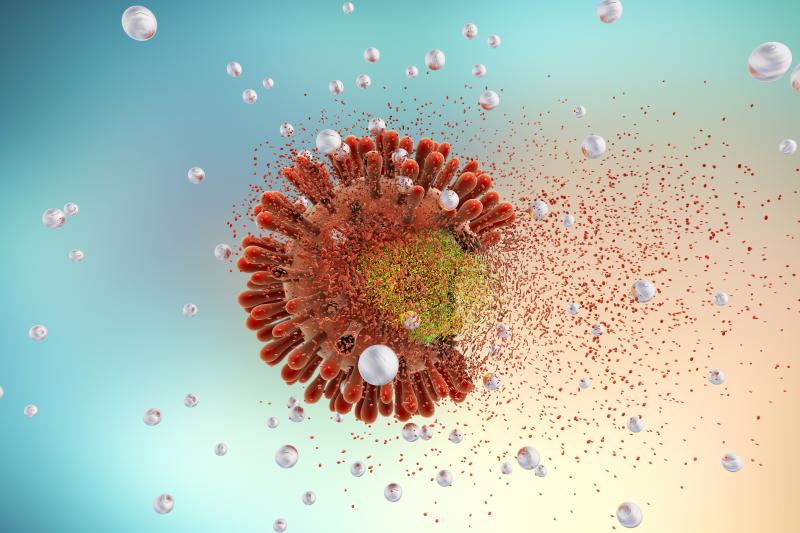
Cryptococcosis is more common in nonhuman immunodeficiency virus (HIV) nontransplant (NHNT) patients, and this population tends to have more localized pulmonary cryptococcosis and significantly higher 90-day mortality, reports a study.
This single-centre, retrospective study included patients diagnosed with cryptococcosis from 2002 through 2007 and analysed data on demographics, clinical features, diagnostics and mortality.
Of the 304 patients with Cryptococcus neoformans infections, 105 (35 percent) were people living with HIV, 41 (13 percent) had a history of transplantation, and 158 (52 percent) were NHNT. In age analysis, people living with HIV were younger (40 years) than transplant (53 years) and NHNT (61 years; p<0.001).
Fevers and headache occurred more frequently in people living with HIV (70 percent and 57 percent) than in transplant (49 percent and 29 percent) and NHNT (49 percent and 38 percent; p=0.003 and p=0.001), respectively.
Meningitis was more common in people living with HIV (68 percent) as compared with transplant (32 percent) or NHNT (39 percent; p<0.001). Disseminated cryptococcosis also occurred frequently in people living with HIV (97 percent) than in transplant (66 percent) or NHNT (73 percent; p<0.001).
Transplant recipients (median, 2 days; interquartile range [IQR], ±9 days) and NHNT patients (median, 2 days; IQR, ±7 days) had longer time to diagnosis from hospitalization than people living with HIV (median, 1 day; IQR ±2 days; p=0.003).
Moreover, the risk of 90-day mortality was higher in NHNT patients (hazard ratio, 3.3, 95 percent CI, 1.9–5.8) than in people living with HIV.
“Cryptococcosis in NHNT patients appears to be a distinct entity that needs further study and requires a higher level of clinical suspicion than it currently receives,” the authors said.